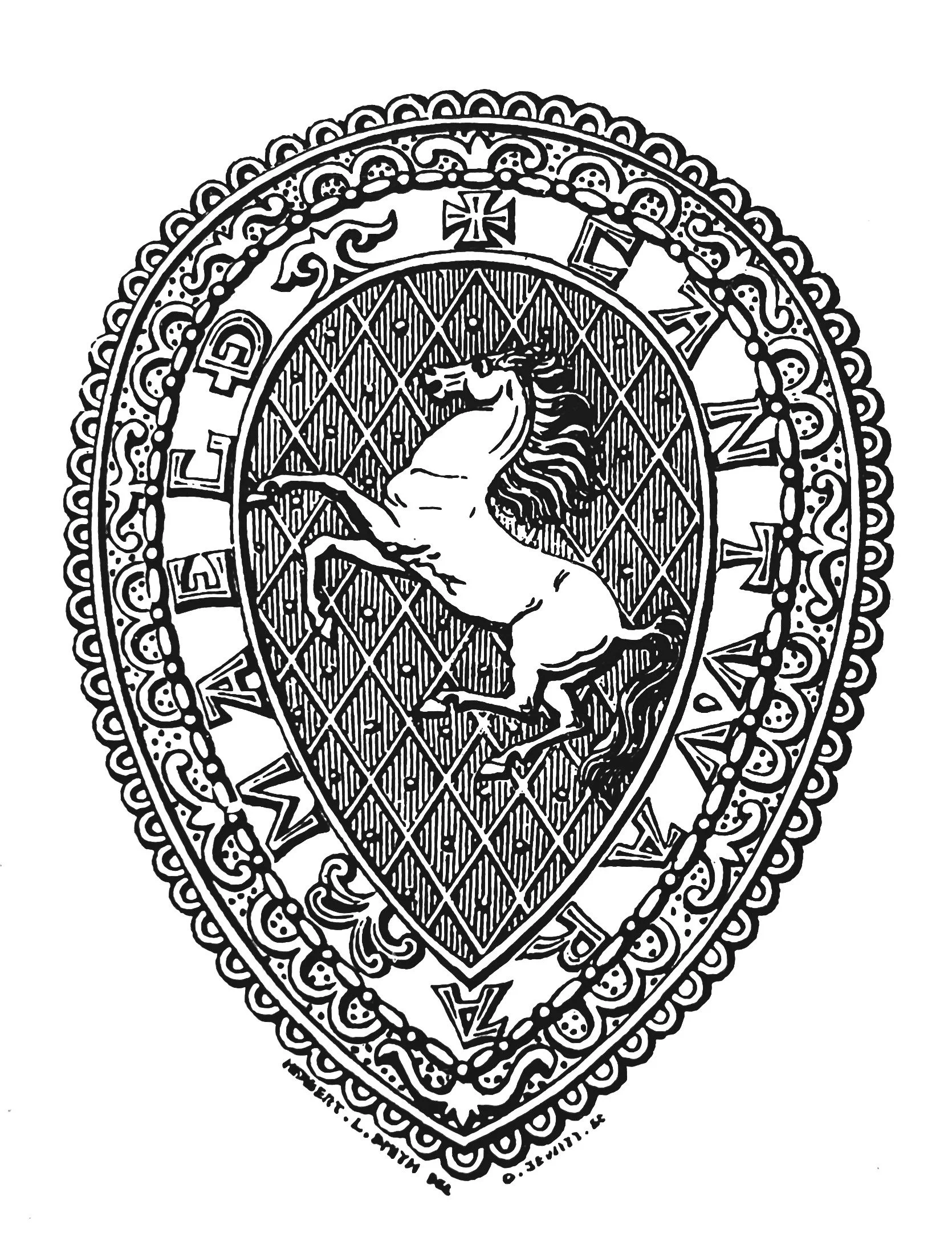Featured
KAS Newsletter, Issue 40 (Spring 1998). Maidstone: Kent Archaeological Society.
KAS Newsletter, Issue 40 (Spring 1998). Maidstone: Kent Archaeological Society.
Germaine Warkentin, 1998, KAS Newsletter, Issue 40 (Spring 1998). Maidstone: Kent Archaeological Society.
Marion Green, Education Officer, 1998, KAS Newsletter, Issue 40 (Spring 1998). Maidstone: Kent Archaeological Society.
Duncan Harrington, 1998, KAS Newsletter, Issue 40 (Spring 1998). Maidstone: Kent Archaeological Society.



Alan Ward, 1998, KAS Newsletter, Issue 40 (Spring 1998). Maidstone: Kent Archaeological Society.